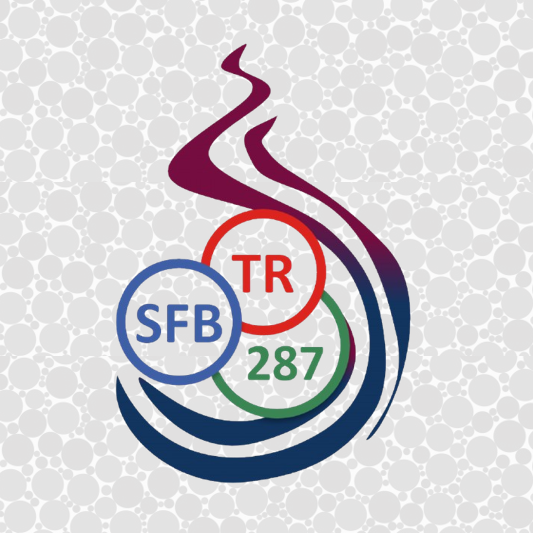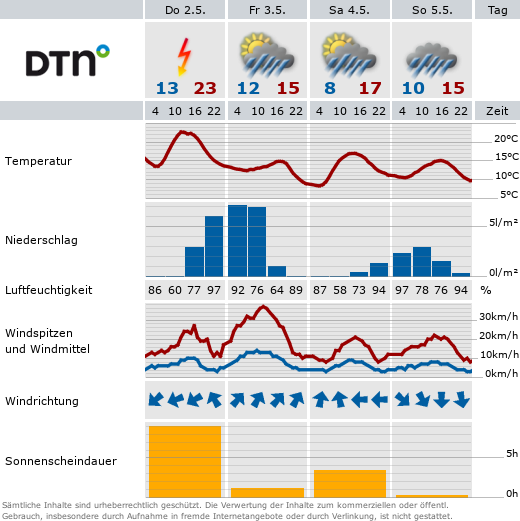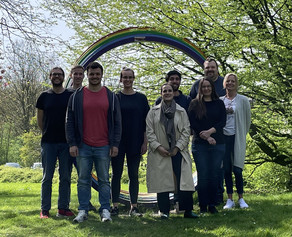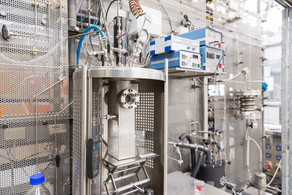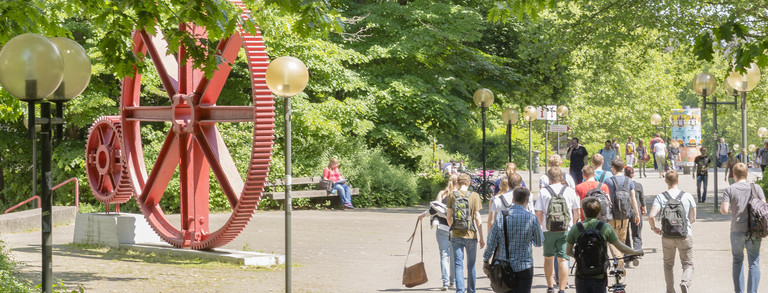Thermochemical Processes in Porous Single Particles
To deepen the understanding of pyrolysis and biomass coking, research focuses on in-situ investigations of thermochemical reactions within a single biomass particle. A novel single-particle reactor equipped with optical diagnostics is used to measure key parameters such as surface temperatures and gas concentrations around the particle. These experimental findings play a crucial role in refining reduced single-particle models in collaboration with Otto-von-Guericke-University Magdeburg. Additionally, the project advances pore-network models by incorporating factors such as microwave heating, gas transport, particle swelling, shrinkage, and anisotropic porous structures.
This research under the topic Project B4: "Adaptive Pore-Network Models and Experiments for Thermochemical Processes in Porous Single Particles." is part of the CRC/TRR 287 BULK-REACTION project, which investigates the interaction of physical and chemical processes in gas-permeable, moving, reactive particle beds. These systems are crucial for industrial applications in energy, chemical, pharmaceutical, and food industries. By integrating reactive flow mechanics and particle technology through a multiscale approach, BULK-REACTION bridges microscopic particle interactions with full-scale industrial processes.
A key objective of the CRC is to develop advanced measurement techniques, provide experimental data for model validation, create multiscale process descriptions, and build an open-source DEM tool for simulating reactive bulk materials. The interdisciplinary collaboration between Technical University Dortmund, Ruhr-University Bochum, Otto-von-Guericke-University Magdeburg, and Christian-Albrechts-University Kiel is expected to drive innovations in energy efficiency, product quality, and CO₂ reduction.
The CRC/TRR is funded by the Deutsche Forschungsgemeinschaft (DFG, German Research Foundation) – TRR 287 – 422037413.
CRC/TRR 287 BULK-REACTION: Website and LinkedIn
Researchers Involved: M.Sc. Fabienne Ryll, Dr.-Ing. Andrea Dernbecher
